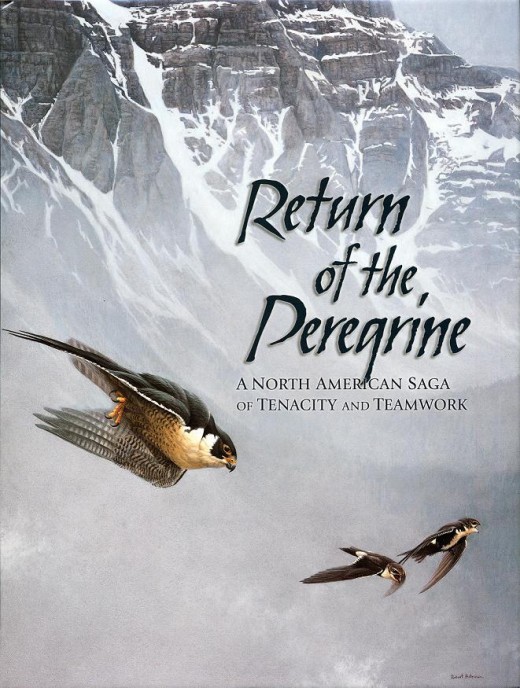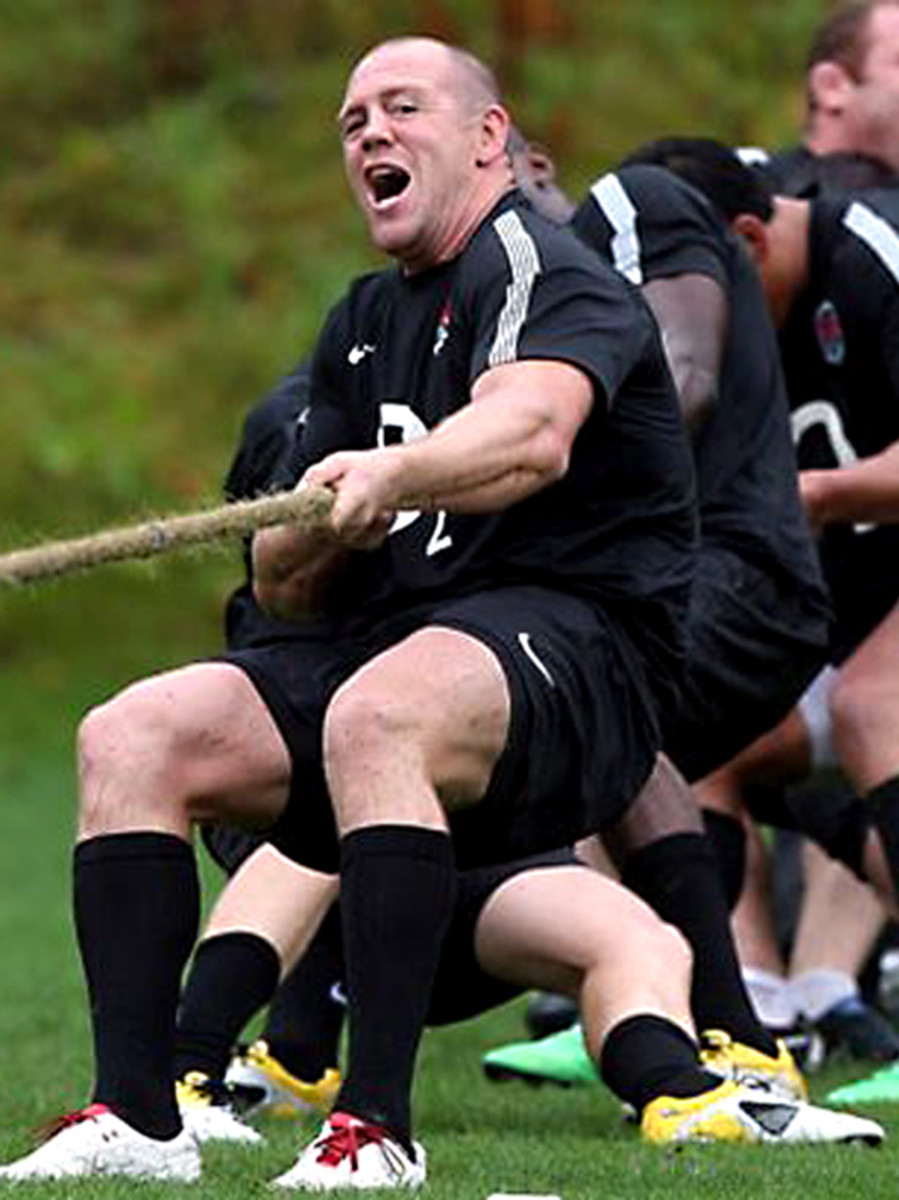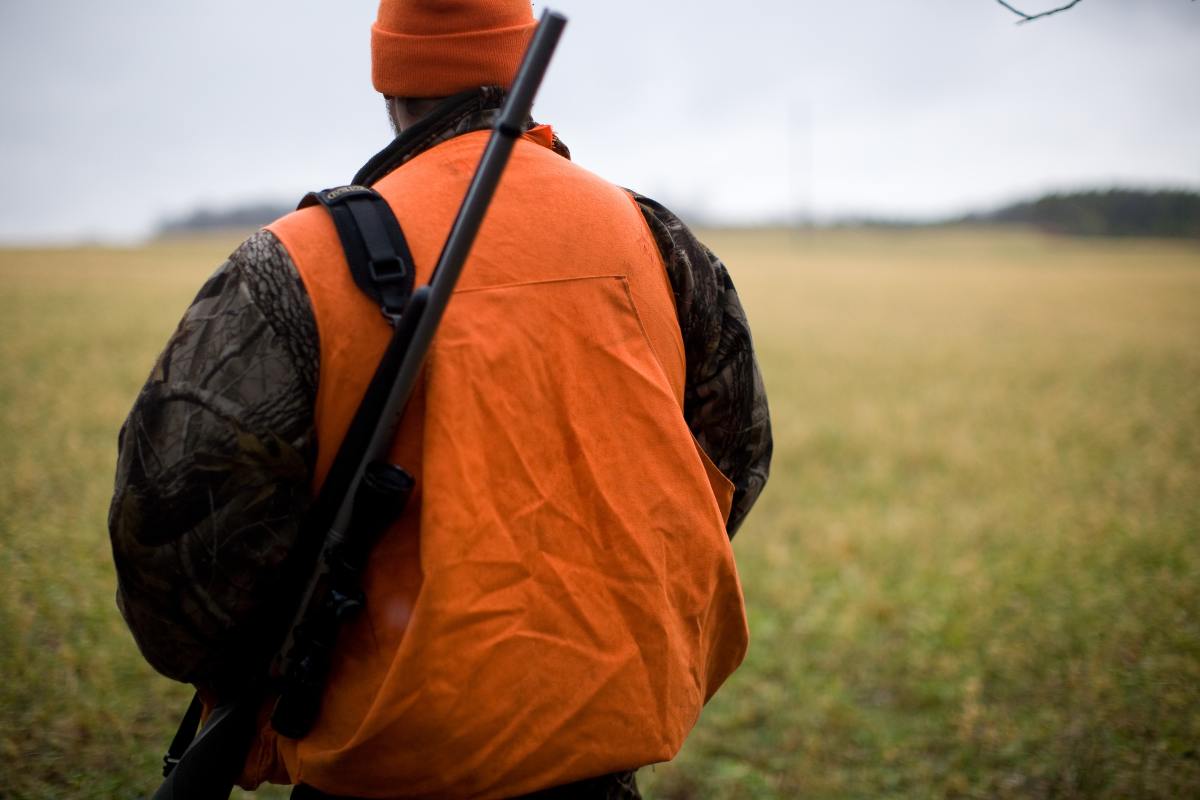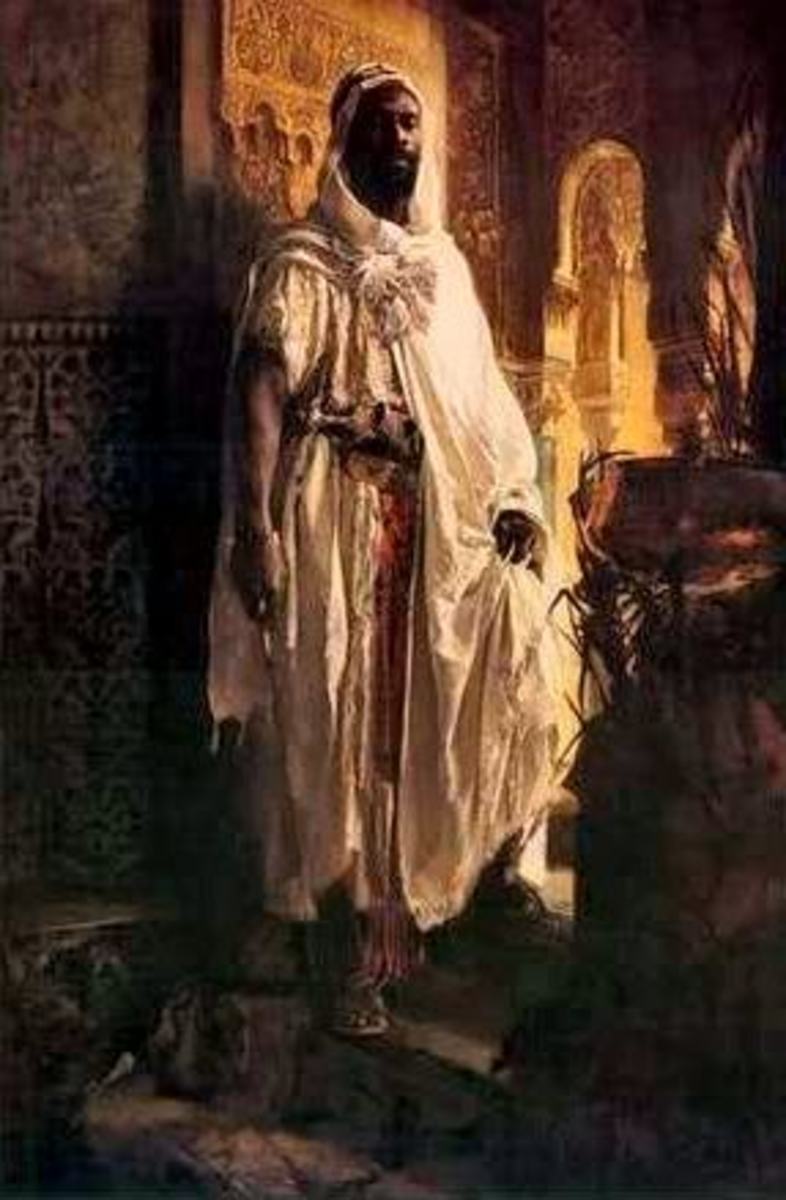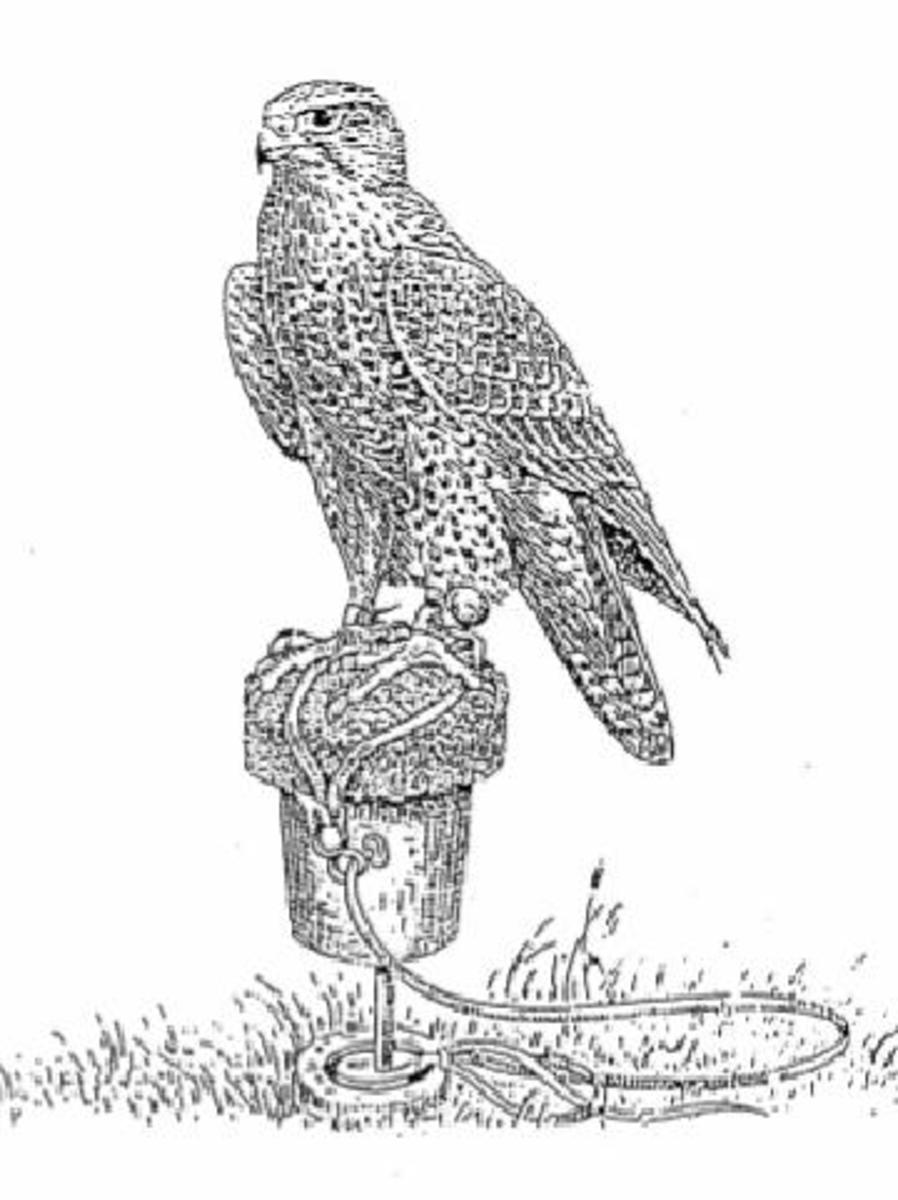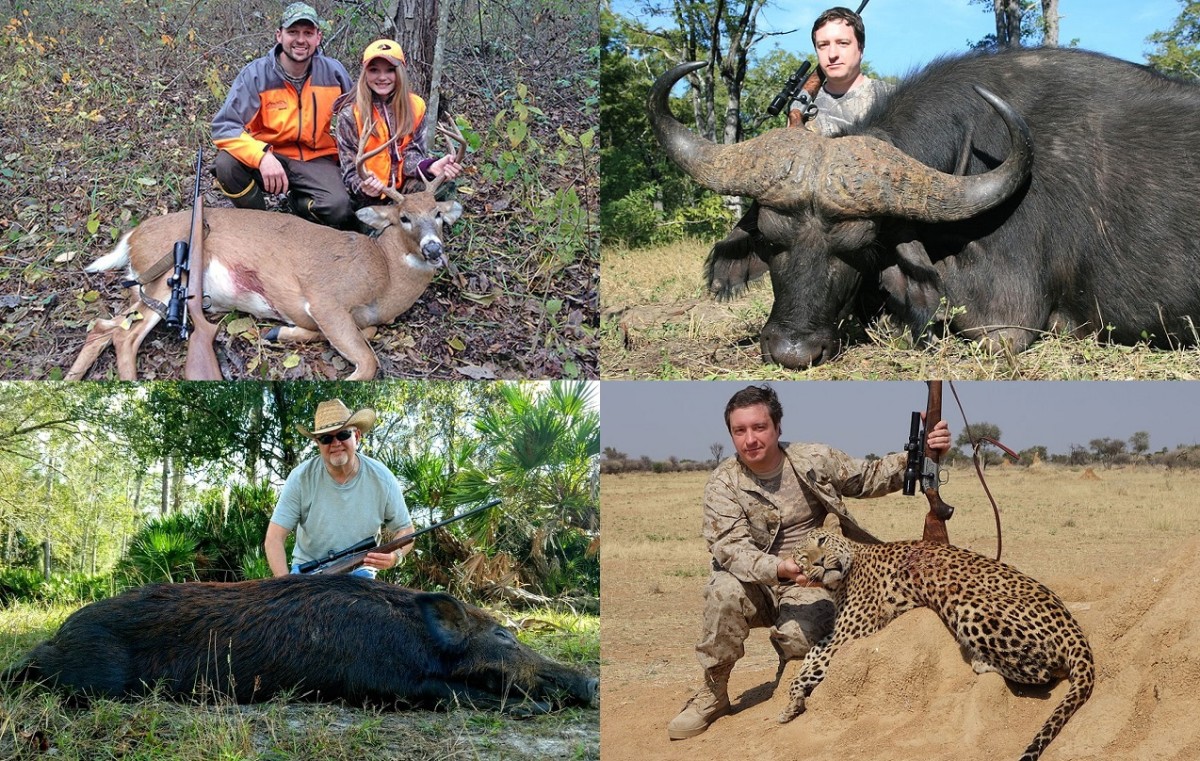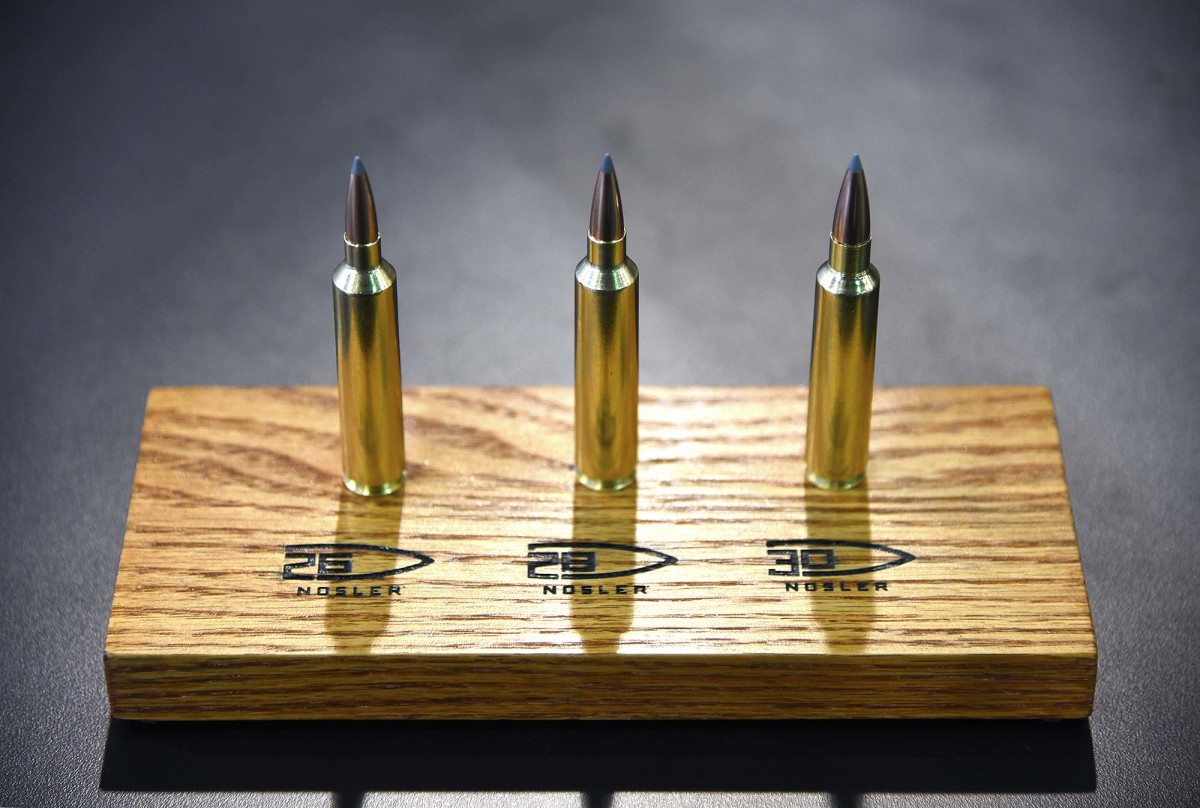The Origin and Spread of Falconry Throughout the World
UAE 21st Century
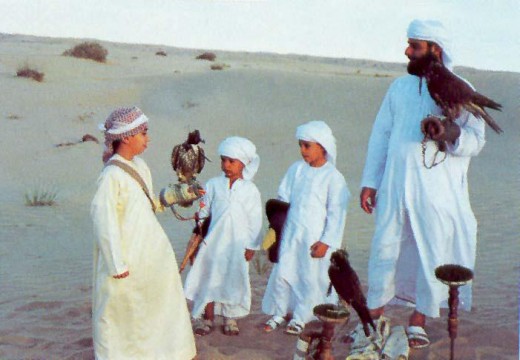
Introduction
I first wrote an article on this subject to summarise the findings of a symposium in the United Arab Emirates in 2005 where the International Association for Falconry and Conservation of Birds of Prey was working with the government of Abu Dhabi towards having some aspect of falconry recognised under UNESCO’s scheme for protecting world intangible heritage, heritage passed down by teachers and elders from generation to generation. A fuller and more erudite article may be found at www.iaf.org and at various other sites and in other languages, both with and without my permission.
Since history before written records is often guesswork an exact date for the moment Man first worked with a bird of prey cannot be found, but what is significant is that the earliest written records describe an already well developed and sophisticated falconry not significantly different to that practiced today. This puts its origins back to well before 4000 years ago.
Mongolia
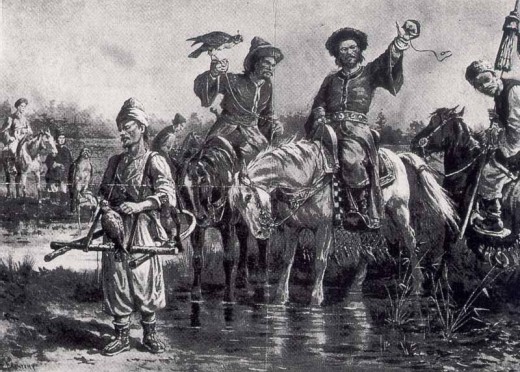
Origins in Asia
Many believe it began in Mongolia where it was already developed by 1000 BC. While historical proof of this is hard to come by it certainly reached its apogee in Asia with the Great Khans who practiced falconry for food and for sport on their military campaigns. Ghengis Khan had 60 falconry officials in his court who controlled 5000 trappers and over 10 000 falconers and falconry workers. Falconers in Mongolia and neighbouring countries continue to fly eagles in an unbroken tradition. It had reached China by 700 BC and there are many historic references in literature, poems, painting and porcelain of the period (the ChuKingdom) describing it in the culture of the court, the aristocracy and the peasantry. The imperial family of the time were already using falcons, eagles and goshawks in exactly the same way we do confirming the birth of falconry in the region at well over 3 000 years ago. Falconry continued there right into the early 20th century, but after with the fall of the emperor in 1912 and the subsequent wars and revolution it has only survived in remote regions in ethnic minority groups like the Hui, the Naxi and theWeir 2003.
Falconry came to Japan much later, with the first written records not until 355 A.D. which were details of hawks imported from Korea. From around the 6th century archaeological evidence abounds. The Japanese traditions of beautiful costumes and elaborate equipment which have survived to the present day stem from stress placed by the nobility and the war lords on demonstrations of power through falconry – it was very expensive to keep a hawking establishment merely for sport. Imperial Falconers existed until the Second World War after which retired imperial falconers continued their tradition in the “Schools of Falconry”, the Yedo school, the YoshidaSchooletc.
Persia (now Iran)is also sometimes also listed as the birthplace of falconry and it is indeed possible and even likely that the first hunting birds of prey were trained at around the same time in both Mongolia and Iran. A record exists of a king of the Pishdadid dynasty, 6000 BC. This could mean hunting with falcons has a background of over 8 000 years. The first complete book on falconry was the Baznameh-e-Naseri, in the 12th century commissioned by Naseraddin Shah, the Qajar king. Falconry in the region started to decline slowly with the development of gun hunting and then rapidly with the revolution that overthrew the Shah and the subsequent political unrest. There is now a revival based on preserving and restructuring traditional methods.
Falconry has been known in India at least since 600 years BC and was a favoured pastime of the Mughal emperors, including the Great Akbar. In Jaipur, Bhavnagar and the other Rajput states it continued into the 1940’s but died out after independence and the subsequent political problems. Because of connections with the Arab market, Pakistan is the foremost producer of falconry equipment in the world even though the modern state of Pakistan has practically no native falconry. Kazakhstan’s falconers continue the Central Asian tradition of eagles flown at hare for food and at foxes and wolves for fur and for flock protection, until very recently crucial for their existence. In neighbouring Turkmenistan the tradition differs greatly with eagle falconry unknown and falconers flying saker falcons and using tazy (salukis) in the same way the ancient falconers of Iran and Afghanistan did. Archaeological finds related to falconry, carpet patterns, pottery pictures etc. abound from 3-4000 years ago and Turkmen literature of the 15th –17th centuries shows falconry to have always been an integral part of Turkmen day to day existence.
Arab Falconry appeared with the emergence of civilization in pre-Babylonian times and the Gilgamesh Epic of 2000 BC clearly refers to hunting with birds of prey in Iraq. The Omayyad caliphs and princes practiced falconry as did the Abbasids, including the caliph Haroun Al Rasheed. Arabia became world famous for its falconers its falconry traditions spread through the Islamic World, east into the Central Asia and west across North Africa to the Magreb and to Spain, giving us the distinctive styles of falconry of the Bedouin, of the Kingdom of Morocco and of Tunisia. The Koran includes a verse permitting falconry as a hunting method. More than anywhere else in the world falconry is considered a symbol of this region’s civilization and over 50% of the world’s falconers are reputed to be in the Middle East.
St.Triphon, Orthodox patron of falconers
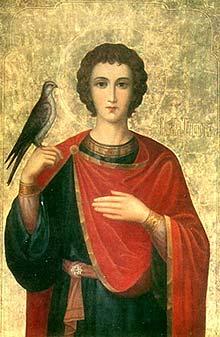
On into Europe
Since the 5th century falconry is documented in Georgia and Transcaucasia and it is still famous for the flying passage sparrowhawks at quail, a tradition popularised in Ottoman times and one which is still popular in Turkey and Tunisia. Georgia was the first of the former Soviet states to formally legalize falconry in 1967. Falconry in Russia has roots in the 8th and 9th centuries where it arrived via the Huns and Khazars. In Soviet times falcons and hawks were used to scare hooded crows from the cupolas in the Moscow Kremlin where they were wearing off the gold leaf from the cupolas. The falconers that did this work were employed by the Kremlin's security service (the former KGB).
The earliest evidence of falconry in Europe are the 5th century AD quotations from Paulinus of Pella and Sidonius Apollinaris in France and from the famous mosaics in the Falconer’s Villa in Argos in Greece. Falconry became very popular in Europe and, like in the Far East and the Sub-continent, became a marker of high social status. In the 1200’s Arab falconry techniques were imported into Europe through Spain and through the court of Frederick II of Hohenstaufen, in Sicily who employed Arab, English, Spanish, German and Italian falconers, and translated important Arab falconry works. His masterwork “de arte venandi cum avibus” is still in print. Falconry became significant in international diplomacy because falcons made ideal diplomatic gifts, for example in the 17th century falcons came to the French Court from Flanders, Germany, Russia, Switzerland, Norway, Sicily, Corsica, Sardinia, the Balearics, Spain, Turkey, Alexandria, the Barbary States, and India. The heyday of European falconry came in the 18th century, but it lost favour rapidly with the development of hunting with guns and its general association with aristocracy made it less popular as revolutions proliferated in the early 1800’s.
Falconry probably entered Spain and Portugal in the 5th century AD, from North Africa with the Moors and from Eastern Europe via the south of France with the Goths around the same time. Until the 16th century Iberian falconry was synonymous with Arab falconry and written references in Arabic are everywhere, for example in the 10th century Calendar of Cordoba and from And al-Yalil ibn Wahbaun in the 11th century. Islamic falconry images abound - the Leyre Chest. (1004-05 A.D.) in Pamplona, and the Al-Mugira jar. (968 A.D.) now in the Louvre in Paris. Elsewhere in Europe many falconry terms originated in medieval French, in Spain and Portugal there many are derived from Arabic. Old Spanish and Portuguese books on falconry begin with the 1250 “Libro de las animalias que cazan”, Viscount Rocabertí’s “Llibre de cetreria” in Catalan c.1390 and Diogo Fernandes Ferreira’s “Arte de caça de altaneria” of 1616. After a gap of two centuries, Dr. Félix Rodríguez de la Fuente revived Spanish falconry from scratch by in the 1950’s. In 1964 he wrote his masterpiece “El Arte de Cetrería” loved by serious falconers everywhere.
The hey-day of falconry the Netherlands was the first half of the 19th century when it was the centre for falcon trading and trapping and provided most of Europe’s professional falconers. The Loo Club was founded in1839 reviving the “high flight” at passage herons not seen since the 1600’s. It enjoyed royal patronage from the House of Orange and had members from Holland, England, France and elsewhere in Europe. The world famous falconry museum is in Valkenswaard, the 18th and 19th century centre for hawk trapping. Belgium, so near to Valkenswaard, was also famous for its falconers from the 12th century on, particularly those from Arendonk and Kempen. And some families provided falconers for 500 years. The last falconmaster to the French King in the 1880 from Arendonk. At the end of World War 2 there were only three falconers left, but by 1966 their numbers had grown sufficiently to form the Club Marie de Bourgogne, named after the queen who died from a fall while hawking in 1482.
The greatest contribution falconers from the United Kingdom to falconry's history was to keep it alive long after the decline of the 17th and 18th century. Having known falconry since the 6th century and probably well before (Canute and Edward the Confessor were both listed as passionate falconers) and all the kings through the Normans right up to the Stuarts kept hawking establishments, there was also a landed gentry class who were falconers. These were intermediate between farmers and the aristocracy and when in the rest of Europe the nobles and aristocratic falconers were losing their property (and heads) in England and Scotland falconry remained a viable, if not popular pastime. There are many good websites in English that go into great detail about the history of British falconry.
In Ireland falconry was known to the Celts from the 7th century and falconers were responsible for the earliest legislation to protect birds of prey. The Irish Hawking Club was formed in 1870 at a meeting chaired by Lord Talbot de Malahide. Maharajah Prince Duleep Singh, a familiar figure in falconry circles across two continents, pledged £50 to its founding. There has been a strong tradition of flying the sparrowhawk in Ireland and Irish falconers have enjoyed international renown.
In France Louis XIII in the 17th century kept over 300 hunting birds, divided into six équipages: for the flight at the heron, the flight at the kite and the crow, the flight at the river, the flight at the partridge, and so on. The French king’s passion for falconry ensured a golden age in art and literature an falconry in France looked set to last forever however the ease at which gun hunting could be taken up successfully ensured the same fate for falconry as everywhere else, it was simply too difficult and too expensive for all but the super-wealthy. In 1844 it finally slipped off the law when a clerk missed it off the list of acceptable hunting techniques. A revival came after the war when in 1945 the Association Nationale des Fauconniers et Autoursiers Francais (ANFA) was formed. Falconry came to Italy from three directions; from Arabs via Sicily where was the Norman Court of Federico II, Holy Roman Emperor (1154-1250); from via Germany and from Asia via Venice. By the 1900s falconry had almost died out in Italy, but it has been experiencing a similar revival to that of the rest of Europe.
The history of falconry in Germany reflects that of the rest of Europe, its Golden Age being from from 500 to 1600. By 1890 only one hawking establishment remained, that of Baron C. von Biederman. It hung on tenuously till the 1920’s when in1923, the Deutscher Falkenorden was established. Today the DFO is one of the largest clubs in the world as well as the oldest. Professor Christian Saar of the DFO followed the example of the US Peregrine Fund with the peregrine breed-and-release scheme, which has been so successful that Prof. Saar was honoured with a medal from the German government for his work in conservation.
In Denmark from the 6th remains of hawks are found in the graves of important Vikings and in 985 the annual rent for a region of Norway was 100 marks and 60 hunting falcons paid by Hakon Jarl to Harald Blåtand. King Knud the Holy (1040-86), known as Canute in England, was a great falconer and falconry continued to be important until the 18th century. The royal mews lasted until 1810. The most significant contribution made by Scandinavian countries, especially Iceland (part of Danish territory) and Norway were diplomatic gifts of goshawks and gerfalcons to foreign monarchs like the Emperor of Morocco, the French King, the German Emperor, the King of Portugal, the Landgrave of Hesse and to various ambassadors. In Hungary the well known legend of the "Turul" cycle cannot be understood without a knowledge of falconry, indicating a strong history of falconry and the great number of medieval paintings that exist there testifys to falconry’s historical importance. In the 16th.century Turkish occupation of Transylvania saker falcons were regularly sent as a special tax, paid annually in return for peace, the "Falco nagium". The Czech Falconers’ Club is the largest in central European clubs. The earliest falconry artefact to be found is a 5th century clip in the shape of a falcon. Prince Svatopluk around 870 AD was a well known falconer. Imperial falconry continued at Poděbrady until the 17th century with patronage of the Emperor Ferdinand 1st and his son Ferdinand the Vice-Regent of Prague and survived the global decline until 1967 when 71 falconers and guests founded the present club.
Ireland 2001
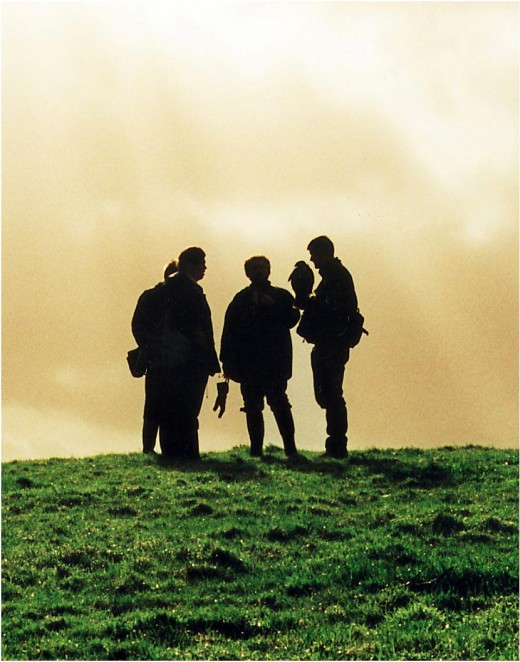
The New World
Early attempts by settlers to bring falconry to Canada, the United States and Mexico: mostly failed; the nature of their early struggles with such an unknown environment worked against them. Records are few: in 1622 Thomas, a lawyer in New England and left accounts of his hawks and falcons and in the1650’s a certain Jan Baptist sent back to Holland for his falcon and flew her at quarry in the Hudson Valley. There are also records one of Cortez’ captains flying a trained hawk in Mexico. The first Viceroy of New Spain, Velasco, practiced falconry and his son, Luis de Velasco II, employed a royal falconer to look after his birds.
In the period up to the Second World War a number of notables, mostly naturalists became interested in birds of prey and falconry techniques. Notably Colonel R. L. “Luff” Meredith, Dr. Robert M. “Doc” Stabler, Alva Nye, Frank and John Craighead, etc. and in the 1960s, after the foundation of the North American Falconers Association (NAFA), true game hawking exploded across the continent and nativehawks like the red-tailed hawk and the Harris revolutionised the sport. Most worthy North American raptor biologists began falconers and many of them, including ProfessorTom Cade, continue to be avid game hawkers. The scientific and conservation work carried out by falconers of North America towards the peregrine’s recovery are often referred to as the greatest conservation biology success story of the Twentieth Century.
Falconry’s most recent expansion has been to South Africa where it went with colonists although there is evidence of earlier connection with Arab falconers. In the ruins of Great Zimbabwe near Masvingo was found an Arab Falconry Bell and several soapstone birds. In the 20th century falconers brought traditions from England, Germany and even China and South Africa and Zimbabwe both enjoy strong links with conservation in their respective countries and the late Ron Hartley was largely responsible for the good standing of falconry in the sub-region.
